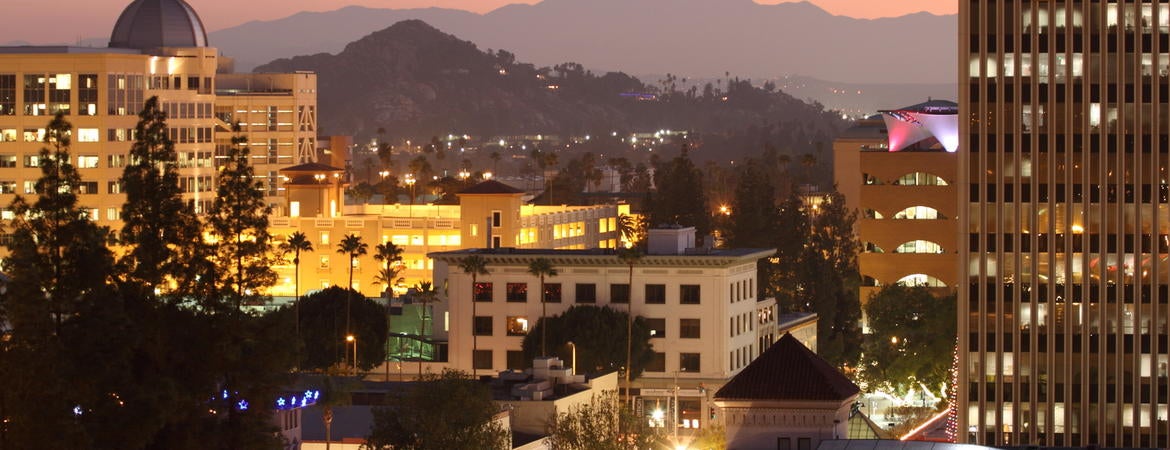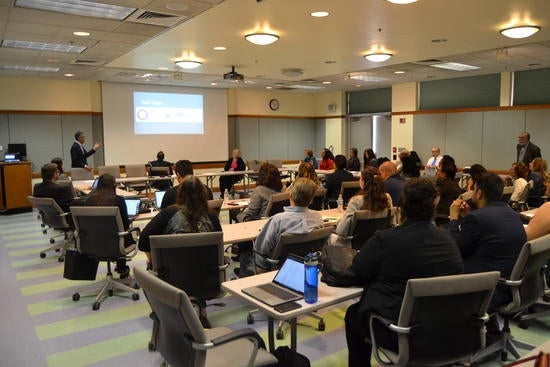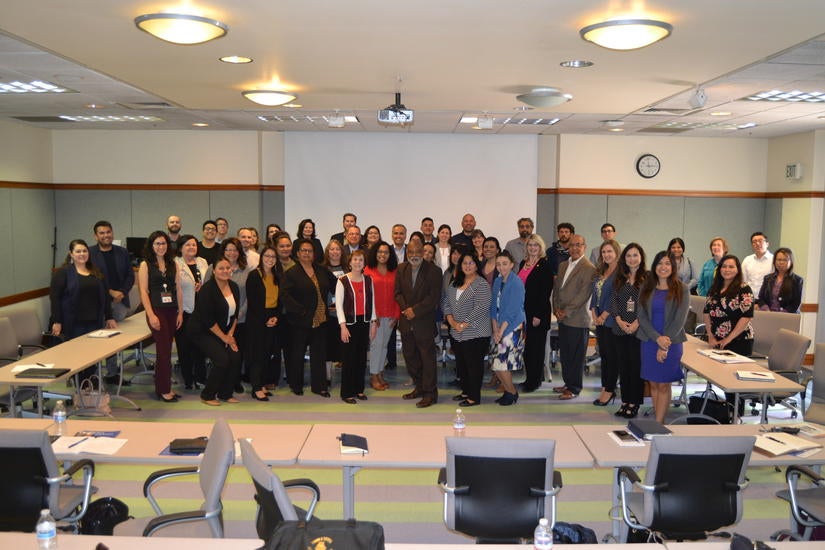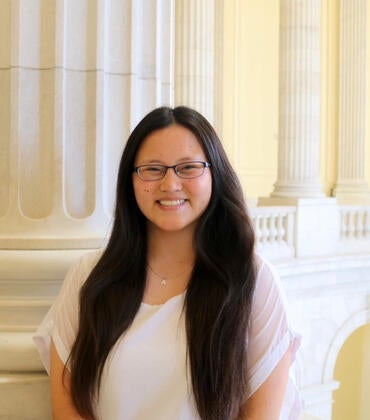
The U.S. gets just one chance every 10 years to count its population. But what happens when that count is wrong?
Regions whose populations go undercounted can miss out on federal and state funding, making an accurate census count critical for potential growth.
With the 2020 census on the horizon, Riverside and San Bernardino counties have taken a historic step in partnering to form the Inland Empire Complete Count Committee, a leadership body designed to boost census participation for an accurate count.
Built in collaboration with the Center for Social Innovation at the University of California, Riverside, the committee includes representatives from the region’s nonprofit, government, education, business, and philanthropic sectors working together to develop census awareness campaigns specific to Riverside and San Bernardino counties.
More than 4.5 million people live in the two-county region, which has seen significant growth since 2010. Karthick Ramakrishnan, director of the Center for Social Innovation and a professor of public policy and political science at UCR, said the census provides an opening for the counties to collaboratively address an issue that has wide-ranging impacts for both.
“Our center is focused on solving problems in the community, broadly defined, and presenting innovative solutions,” Ramakrishnan said during a formal launch event for the committee, held April 15 at UCR. “The 2020 census is a perfect opportunity for doing that.”
In 2010, nearly one in four Inland Empire households didn’t mail back their census questionnaire after receiving it, requiring costly and time-consuming in-person follow-up, Ramakrishnan said. What’s more, nearly 40,000 people lived in census tracts that didn’t receive a questionnaire by mail at all. Many of those tracts have large numbers of nontraditional addresses, vacant housing, or are located in rural, isolated areas.
More than 50 members of the 80-member Inland Empire Complete Count Committee were in attendance at the launch event, with its co-chairs, Riverside County Supervisor V. Manuel Perez and San Bernardino County Supervisor Janice Rutherford, offering opening remarks about the importance of the census to their constituencies.
Perez emphasized that an accurate census count is crucial because the allocation of most federal funding is based on population data.
“We have only one shot every 10 years to achieve a full count, which has a significant influence over the resources that are brought to our region to address needs such as transportation, housing, food assistance, and health care,” Perez said. “We will be working closely as a united regional voice to count everybody and be a model for the state of California.”
Rutherford said Southern California’s Inland region has been chronically underrepresented and underfunded. One of the keys to ensuring the region is properly funded going forward, she said, is making residents aware of the long-term value of the census to their communities.
“The census is much more than just a survey of how many people live in our area,” Rutherford said. “It plays a critical role in the allocation of federal resources and in ensuring we have a representative democracy at all levels of government.”
Census 2020 outreach efforts will have a leg up on those that preceded the last census in 2010, Ramakrishnan said, because that census occurred in the middle of an economic downtown, with less funding available to support outreach efforts.
So far, the two-county region has been awarded nearly $2.7 million in state contracts — $1.48 million to Riverside County and $1.21 million to San Bernardino County — for 2020 census outreach activities.
In addition, the formation of the Inland Empire Complete Count Committee coincides with the launch of an extensive nonprofit effort led by The Community Foundation, which serves Riverside and San Bernardino counties. That effort is backed by more than $2.4 million in state funding and nearly $500,000 — and counting — from a pool of private donors led by the foundation’s Funders Alliance. At the launch event, foundation CEO Michelle Decker noted the importance of nonprofit organizations as trusted messengers with the skills and experiences to ensure a successful census count.
The Inland Empire Complete Count Committee is guided by a steering committee co-chaired by Perez and Rutherford, which oversees six subcommittees. One of those, a subcommittee dedicated to field outreach, is broken into two segments focusing on larger county regions and smaller “hard-to-count” communities.
In its first meeting, the steering committee appointed Ramakrishnan as director of the Inland Empire Complete Count Committee. In that unpaid role, he’ll serve as a common point of contact on census-related matters across various sectors in the region.
“San Bernardino and Riverside counties are coming together in a historic way,” Ramakrishnan said. “And we have the opportunity and the resources to make our region much stronger, thanks to our collaborative work on census 2020.”
More about the Center for Social Innovation: Housed within UCR’s School of Public Policy, the Center for Social Innovation aims to provide a credible research voice that spurs civic leadership and policy innovation. The center is a breeding ground for collaborative projects that boost collective impact — all with the primary goal of shifting away from a “problem” narrative to an “opportunity” narrative for marginalized communities and localities.





